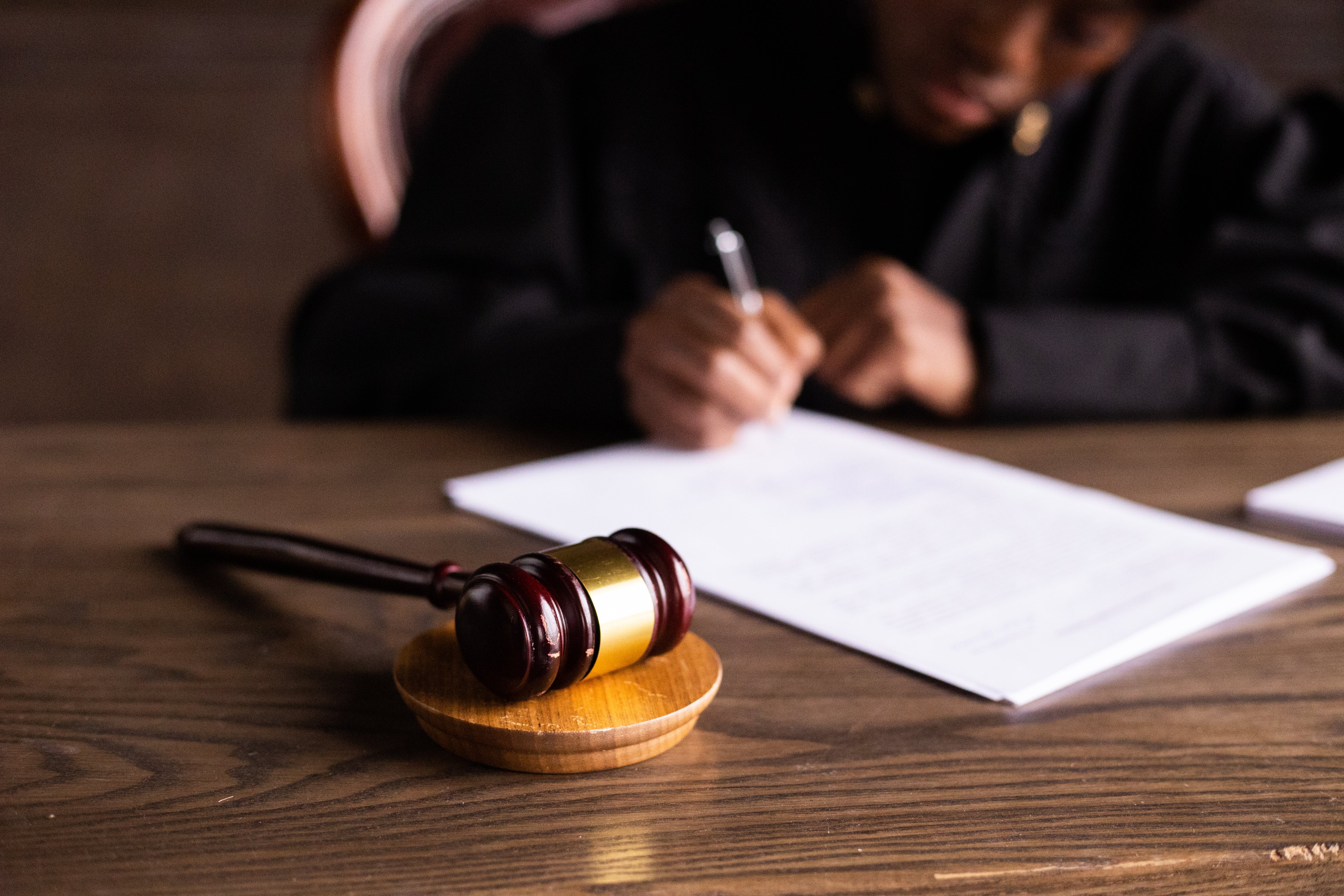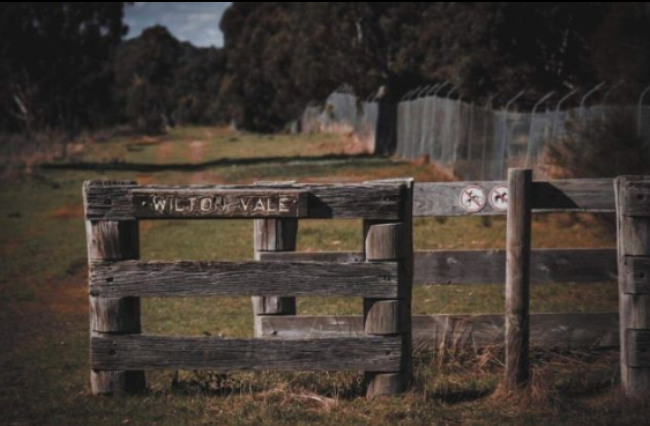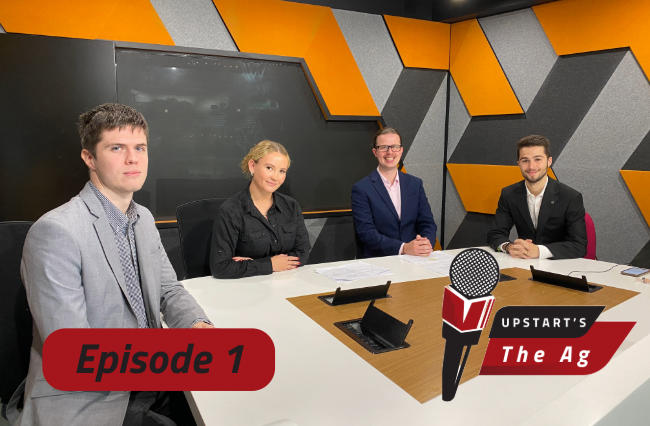I will never forget the morning of September 12, 2001.
My father – in a somewhat agitated state – woke my brother and I with the sentence ‘a plane has crashed into New York’.
In a complete state of confusion, the three of us stood around the television, watching the images of smoke bellowing from the North Tower of the World Trade Centre. Our confusion was soon replaced with awe, as United Flight 175 slammed into the South Tower.
No one moved and barely a word was spoken; there was nothing that could be said.
It was only once the North Tower had collapsed to the ground, did my brother first mutter some syllables that aren’t suitable to be repeated.
Everyone has his or her own 9/11 memory. And most, at some point, will have asked the question: ‘Why did this happen?’
In the decade following the horrific attacks, most of the questions posed have been answered. We know who was behind the attacks, what the plan was why they were carried out.
Yet as all the questions we had were answered, an even bigger one emerged.
Did Al Qaeda win?
Did the horror that was unleashed that morning fulfill Osama Bin Laden’s goal of bringing to an end the period of American unipolar dominance? Did the actions of Al Qaeda break the so-called ‘American spirit’?
The answer, in short, is no. However, Al Qaeda pushed the US closer to its own demise than what the Soviet Union did during the Cold War. Not since Pearl Harbour had an enemy succeeded in taking the war on to US soil, and never with this magnitude. For when the Twin Towers crumbled into the concrete-jungle that is Manhattan, war was on the US doorstep.
On September 10, 2001, the United States were the self-appointed leaders of the free world. The country was flush with cash; a debt crisis was a laughable notion, basking in the glow of the ‘golden era’ throughout the 1990s.
The biggest challenge the US had faced was the Clinton scandal on what he did or didn’t do in the Oval Office. The thought of a decade long period of perma-war and economic failings were nonexistent in the national psyche.
Yet as devastating as the attack was – the single largest attack on US soil – the fall-out from it has arguably done more damage.
The United States was thrust into a period of unbridled panic post September-11. The government of the self-named ‘land of the free’ suddenly gave itself permission to hack phones and to interrogate ‘suspicious persons’, justified by the highly-criticised ‘Patriot Act’.
Initially, the Western world – or the ‘Coalition of the Willing’ – stood in support of America’s decision to send troops into Afghanistan, with the argument that it would bring those responsible for 9/11 to justice. But this ‘goodwill’, if you like, however, was to have a shelf life.
During the ten-year quagmire in Afghanistan, the simultaneous insurgence in Iraq, offshore prisons and widespread reports of torture use, the US image was dragged through the mud. Being American stopped being something to be proud of – a prestigious title in the international sphere – and instead became a punch line.
Economically, the fall from grace for the US has been just as catastrophic. The US economy has never been in such a dire state. Trillions of dollars spent on questionable wars left the United States destabilised the US economy, making it an easier domino to topple in the global financial crisis. The US was the world’s most powerful economy, now it’s clinging onto a spot in the top three. It is still the largest economy, but the enormous debt and uncertainty has pushed the economy down the scale.
Some would say these are all signs that point to an Al Qaeda victory.
If September 11 was a plan designed to initiate an American self-destruction, then the attacks were an unbridled success. It worked because this was not just another terror attack.
The targets and what they represented were clear: the icon of capitalism in New York, and the HUB of democracy in Washington.
Osama bin Laden is believed to have thought of the USA as a ‘hollow nation’. Implying that if he – and Al Qaeda – were able to land one powerful punch on the United States, then its resolve would be broken.
However, in the decade since, that has proved to be his biggest mistake.
There’s no denying that the images of September 11 are horrific. Even watching them now, it’s still enough to send shivers down one’s spine. But for all the horror, there are stories of heroism: the courage of the Fire Department of New York storming into the Twin Towers as smoke gushed from its split-open sides, the amazing acts of those on board United Flight 93, determined not to let any more innocent lives be lose unnecessarily.
These are not the actions of a ‘hollow nation’. Yes, the US was hit with the all that Al Qaeda could muster – it was their knockout punch – only they didn’t sink to the canvas.
The American people undoubtedly staggered on that day, but they did not concede. Even as the country has sacrificed over 1600 lives in the Afghanistan desert, and many of their Coalition allies citizens have turned against the war, they have not been broken.
Yesterday was a celebration of that spirit.
Out of the ashes of the World Trade Centre, brought down by a man driven by a hatred for their way of life, a new tower will rise.
Not in victory, but in perseverance.
The perseverance of a spirit that could not be broken, even under the most immense pressure.
The American people have endured what could easily be regarded, as the worst decade in their history, but even in the face of all that they have suffered, their flag is still there.
It’s this symbolism which no doubt still means a lot.
Liam Quinn is a first-year Bachelor of Journalism student at La Trobe University. You can read more of his work on his blog, and follow him on Twitter: @liamquinn23






